Welcome to the ultimate guide on Germany’s Greenhouse Farming! This comprehensive blog will provide straightforward and easily digestible information about this innovative agricultural practice. Get ready to explore the world of controlled-environment farming in Germany, where crops are grown in carefully regulated conditions.
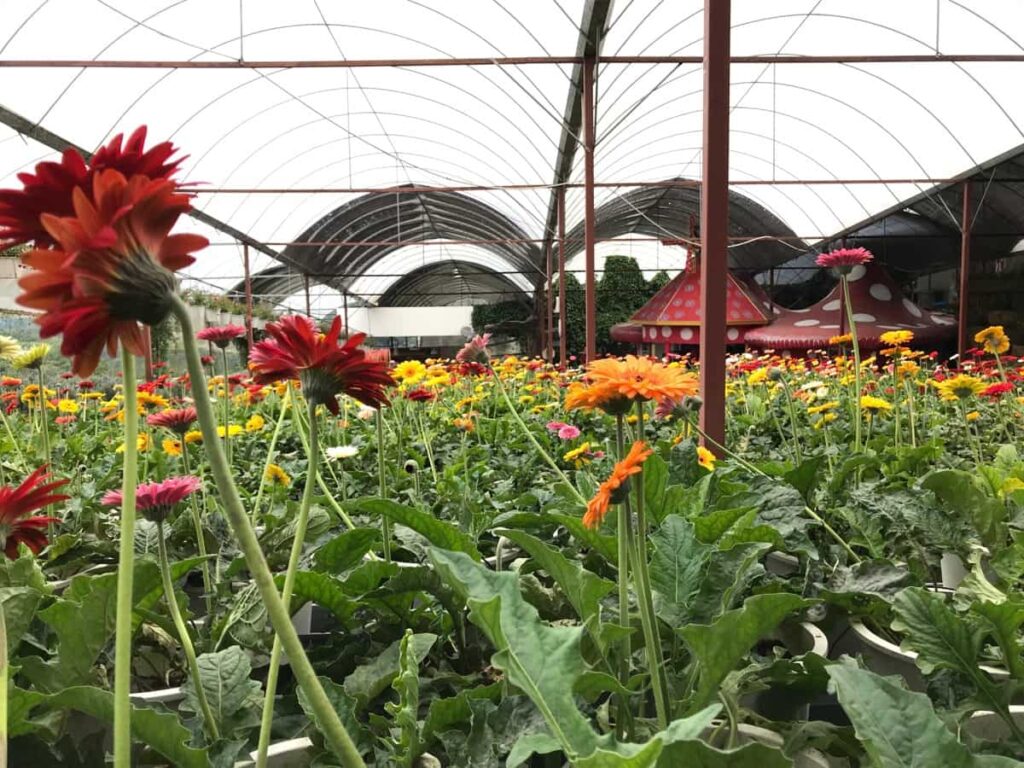
The diversity of produce is astounding, from tomatoes and cucumbers to flowers and herbs. Discover the advantages of Greenhouse Farming, such as year-round cultivation and protection from harsh weather. Uncover the challenges faced by farmers, including energy consumption and environmental impact.
What is Greenhouse Farming in Germany?
Greenhouse farming in Germany is an advanced agricultural method where crops are cultivated within controlled environments, primarily glass or plastic structures. This technique enables year-round production, providing a constant supply of fresh produce irrespective of external weather conditions. With Germany’s diverse climate, greenhouse farming has become a crucial pillar of its agriculture sector.
The controlled environment helps optimize temperature, humidity, and light, creating an ideal ecosystem for crop growth. Greenhouse farming also reduces the dependency on seasonal fluctuations, ensuring a stable income for farmers and a supply of fruits, vegetables, and flowers to consumers throughout the year.
How is Greenhouse Farming practiced in Germany?
In Germany, greenhouse farming is executed with a blend of traditional techniques and cutting-edge technologies. The choice of greenhouse structure, such as Venlo or Quonset, depends on factors like crop type, available space, and budget. High-quality climate control systems, automated irrigation, and artificial lighting are widely adopted to optimize crop growth.
Farmers closely monitor temperature, humidity, and CO2 levels to create favorable plant conditions. Additionally, crop rotation and pest control strategies are implemented to maintain soil health and reduce the need for chemical interventions.
What are the Advantages of Greenhouse Farming in Germany?
Greenhouse farming in Germany offers different advantages, making it a prominent aspect of the country’s agricultural landscape. Firstly, the controlled environment ensures a consistent yield throughout the year, regardless of external weather patterns. This leads to a stable income for farmers and a reliable supply of fresh produce for consumers.
Moreover, greenhouse farming significantly reduces water usage compared to conventional open-field farming, contributing to conservation efforts. It also enables farmers to grow various crops, including exotic ones that might not thrive in the local climate.
In case you missed it: Revolutionizing Agriculture: The Rise of Greenhouse Farming in France
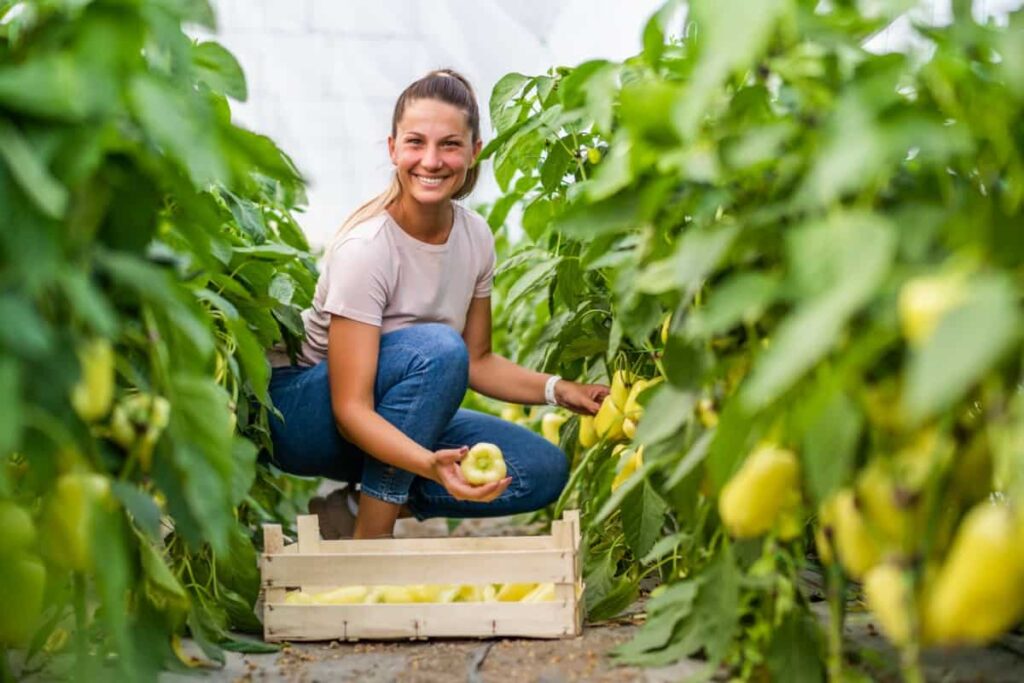
What Types of Oo Crops are Commonly Grown In German Greenhouses?
A diverse array of crops is grown in German greenhouses to meet the demands of both local and international markets. In the vegetable category, tomatoes, cucumbers, bell peppers, and lettuce are popular due to their high demand and relatively short cultivation cycles. Additionally, herbs like basil, parsley, and cilantro are cultivated in smaller greenhouse units.
The flower industry also thrives in Germany’s greenhouses, with roses, tulips, and orchids being major contributors. Moreover, exotic fruits like strawberries and blueberries are successfully grown in controlled environments.
How Does Germany’s Climate Affect Greenhouse Farming?
Germany’s climate significantly influences greenhouse farming practices. The country experiences temperate weather with distinct seasons, including cold winters and mild summers. Greenhouses play a critical role in protecting crops from freezing temperatures and frost damage during winter.
In contrast, during the summer, the challenge is preventing overheating within the greenhouse. Effective climate control systems, shading, and proper ventilation regulate temperature and humidity levels. The fluctuating weather patterns necessitate adaptable greenhouse designs and technologies to optimize crop growth and ensure stable year-round production.
Types of Greenhouses in Germany
In Germany, greenhouses are utilized, each catering to specific crop requirements and environmental conditions. The Venlo greenhouse is one of the most common types, characterized by its rectangular shape, pitched roof, and modular design. This structure allows for optimal light transmission and efficient use of space.
With its rounded roof, the Quonset greenhouse offers strength and cost-effectiveness, making it suitable for larger farming operations. Additionally, there are multi-span and gutter-connected greenhouses suitable for commercial-scale cultivation. Each greenhouse type serves the purpose of providing controlled environments that maximize crop productivity and yield.
Greenhouse Farming Techniques in Germany
- Modern greenhouse farming techniques in Germany have revolutionized the agricultural landscape, ensuring optimal crop production and resource efficiency.
- High-tech climate control systems play a central role, precisely regulating temperature, humidity, and CO2 levels to create an ideal environment for plant growth.
- Automated irrigation systems deliver precise water amounts to each plant, reducing water wastage. Smart sensors and data-driven technology enable real-time monitoring, empowering farmers to make informed decisions and optimize crop management.
- Vertical farming, an innovative technique, is gaining popularity in urban areas, maximizing space utilization and minimizing transportation costs.
- Hydroponics and aquaponics systems eliminate the need for soil, allowing crops to thrive in nutrient-rich solutions or fish waste. Additionally, greenhouses are designed with energy-saving principles, incorporating solar panels and curtains to reduce environmental impact and operational costs.
Sustainable Practices in Germany Greenhouse Farming
Sustainability is a central focus in Germany’s greenhouse farming industry. Farmers increasingly adopt organic farming practices, eschewing synthetic fertilizers and chemical pesticides in favor of natural alternatives. They prioritize energy efficiency by integrating renewable energy sources like solar panels to power greenhouse operations.
Water conservation strategies such as rainwater harvesting and recycling are common to minimize water usage. Moreover, farmers are implementing circular economy principles, promoting recycling and composting to reduce waste. These sustainable practices benefit the environment and cater to the growing consumer demand for eco-friendly products.
In case you missed it: Revolutionizing Agriculture: Exploring Morroco Greenhouse Farming

Climate Control Systems for Germany’s Greenhouses
Climate control systems are fundamental to greenhouse farming in Germany, enabling farmers to optimize environmental conditions for crop growth. Advanced systems regulate temperature, humidity, and CO2 levels, ensuring an ideal microclimate within the greenhouse.
Ventilation is crucial to maintaining airflow and preventing excessive heat buildup during sunny days. Additionally, shade and thermal screens protect crops from excessive sunlight and temperature fluctuations. Integrating smart technologies allows for remote monitoring and precise control, ensuring each crop’s best possible growing environment.
Crop Selection for Germany’s Greenhouse Farming
Market demand, climate suitability, and economic viability all influence the crops chosen in Germany’s greenhouse farming. High-value and fast-growing crops like tomatoes, cucumbers, and lettuce are preferred due to their year-round demand and shorter cultivation cycles. Flowers, especially roses and tulips, are also popular in the floral industry. Germany’s greenhouse farmers also cultivate strawberries, blueberries, and exotic fruits to cater to the diverse preferences of consumers.
Pest and Disease Management in Germany Greenhouse Farms
Pest and disease management is critical to Germany’s greenhouse farming practices. Integrated Pest Management (IPM) strategies are widely adopted, involving natural predators, beneficial insects, and biopesticides to control pests while minimizing the use of chemical pesticides.
Regular monitoring and early detection help prevent outbreaks and reduce crop losses. Additionally, strict hygiene measures are followed to prevent the spread of diseases between plants. Quarantine protocols are implemented for incoming plant materials to ensure they are free from pests and diseases. These proactive approaches contribute to sustainable farming and producing high-quality, healthy crops.
In case you missed it: Exploring the Innovative Techniques of Australian Greenhouse Farming
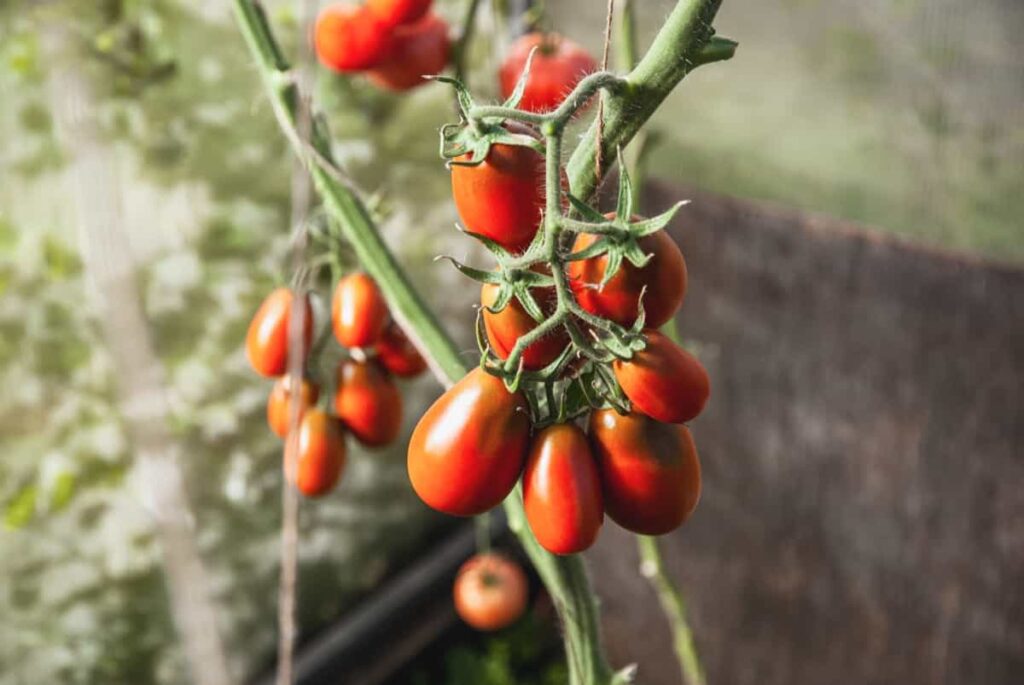
Consumption of Vegetables and Fruits in Germany
- Germany has a significant market for fruits and vegetables, with total revenues reaching $22.9 billion in 2009. The overall volume of fruits and vegetables was 9.8 million tonnes, experiencing a slight increase of 0.1%.
- Over the period from 2005 to 2009, the fresh fruit and vegetable market showed a compounded annual rate of change of 3.3% about the total market value. The market is forecasted to continue growing, with an estimated value of $27.4 billion in 2014, representing a 19.7% increase since 2009.
- The volume is also expected to rise to 10.6 million tonnes, with a compound annual growth rate of 1.5% since 2009.
- Vegetables constitute the largest segment, accounting for 59% of Germany’s fruit and vegetable market. The self-sufficiency with vegetables increased by 5.6 points and reached 38.4% in 2009. Germany is witnessing an increasing demand for vegetables, leading to growth in both import and export volumes.
- Fruits represent 41% of the market’s total value. However, from 2002 to 2010, German fruit consumption decreased by 8.7%, while imports of fruits decreased by more than 6%. The provisional supply balance indicates a 22.4% degree of self-sufficiency in fruits.
- In 2010, each household in Germany consumed an average of 142.9 kg of fresh fruit and vegetables. Per capita consumption stood at 82g of vegetables and 108g of fruit daily. These figures include both fresh and processed products. The consumption of fresh vegetables has been steadily growing since 2002, reaching a per capita consumption of 92.8kg in 2010. Tomatoes, carrots, and cucumbers were households’ most popular fresh vegetables.
Cultivation, Import, and Export of German Vegetable Cultivation
German vegetable cultivation reached a record of 3.57 million tonnes in 2009. The main vegetables cultivated include tomatoes, cucumbers, and peppers. Due to ongoing projects, greenhouse vegetable cultivation is expected to increase in the coming years. However, the area devoted to strawberries decreased over the years. Germany relies heavily on imports of both fruits and vegetables. In 2010 Germany imported nearly 3.1 million tonnes of fresh vegetables, while fresh fruit imports amounted to about 5 million tonnes.
The Netherlands is the leading supplier of greenhouse vegetables, while Spain, Italy, and the Netherlands dominate the fruit market. Germany also exports fresh vegetables, with the export volume growing by 22.6% from 2005 to 2009. The main export countries include the Netherlands, Italy, Austria, Sweden, and France.
Consumer Trends Affecting Greenhouse Farming
In recent years, German consumers have shown increasing interest in health, sustainability, and regional products. Fresh fruits and vegetables are naturally perceived as contributing to good health, leading to campaigns like ‘5-a-day’ promoting a healthy diet. Sustainability is a major concern for consumers, who are becoming more mindful of their food’s origin and production practices. They demand products that are environmentally friendly and socially responsible.
In case you missed it: From Seed to Supermarket: Mexico Greenhouse Farming
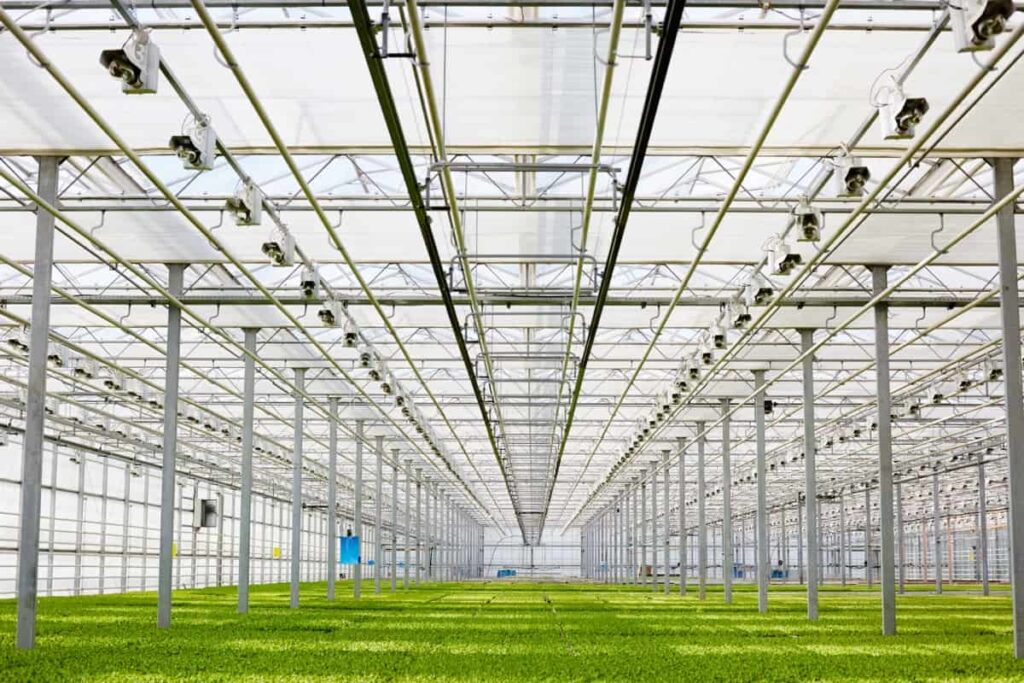
Regionality is another significant trend, with consumers valuing locally produced products with transparent supply chains. German consumers often prefer to pay reasonable prices for regional products, which fosters a sense of trust and authenticity. Organic vegetables continue to be popular, and there is a growing demand for high-quality convenience products in organic quality. However, local products are limited in Germany, with a significant portion of fruits and vegetables being imported.
Greenhouse Automation Technologies in Germany
Germany’s greenhouse farming industry has embraced automation technologies to streamline operations and optimize resource utilization. Automated irrigation systems supply precise amounts of water to each plant, conserving water and ensuring optimal hydration. Climate control automation regulates temperature, humidity, and ventilation without requiring constant manual adjustments.
Robotic systems assist in planting, harvesting, and pruning, reducing labor requirements and improving efficiency. Additionally, sensor-based technology enables real-time data collection and remote monitoring, allowing farmers to make data-driven decisions and respond quickly to changing conditions.
Energy-efficient Practices in Germany Greenhouse Farming
Energy efficiency is a priority in Germany’s greenhouse farming to reduce environmental impact and production costs. Greenhouses are designed with energy-saving principles, optimizing insulation to retain heat during colder months and reduce heating requirements. Energy curtains trap warm air inside the greenhouse, minimizing heat loss. Renewable sources as solar panels, are increasingly integrated to power greenhouse operations. Energy-efficient LED lighting is also used to supplement natural light for crops that require extended photoperiods.
Government Regulations for Greenhouse Farming in Germany
The German government has established regulations and standards to ensure sustainable and responsible greenhouse farming practices. Environmental laws govern using fertilizers, pesticides, and water resources to minimize negative impacts on ecosystems. Compliance with food safety standards is mandatory to guarantee the quality and safety of greenhouse produce.
The government also promotes sustainable practices through financial incentives and grants, encouraging farmers to adopt eco-friendly technologies and techniques. Moreover, greenhouse farmers must adhere to labor laws and safety regulations to protect the well-being of workers.
Market Trends and Opportunities in Germany Greenhouse Farming
Growing demand for locally grown, organic produce presents an opportunity for greenhouse farmers to cater to health-conscious consumers. The rise of vertical farming and urban agriculture provides new avenues for maximizing limited space and reducing transportation costs. Moreover, the increasing popularity of specialty crops, such as microgreens and medicinal herbs, opens niche markets for innovative greenhouse farmers.
In case you missed it: Exploring the Rise of Greenhouse Farming in Bangladesh: Boosting Crop Yields
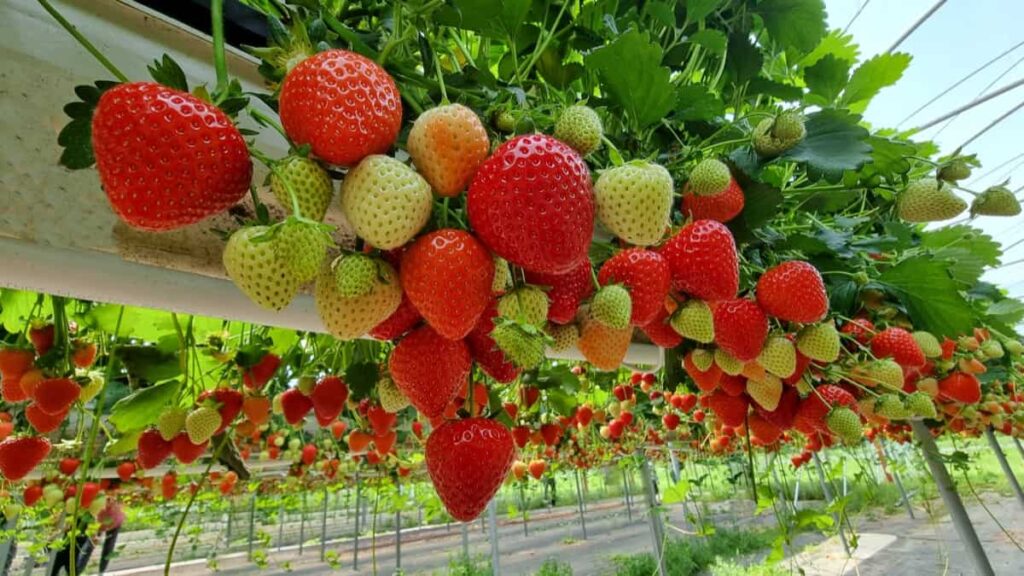
Sustainable and eco-friendly practices resonate with consumers, creating a competitive advantage for environmentally conscious growers. As technology continues to advance, automation and data-driven decision-making
Conclusion
Germany’s greenhouse farming industry thrives on advanced techniques and sustainable practices. With high-tech climate control systems, automation, and innovative approaches, it ensures a consistent fresh produce supply, contributing to food security and environmental responsibility.
- How to Raise Pigs in Your Own Backyard: A Comprehensive Guide
- Budget Friendly Sheep Shed Ideas: Cheap and Low-Cost Tips
- How Much Do Cattle Farmers Make: Revenue Streams in Cattle Farming
- Management Pests and Diseases in Your Cotton Field
- Sheep Farming Business Plan for Beginners
- Aquaponic Farming at Home: A Step-By-Step Guide
- Profitable Village Farming Business Ideas in 2024
- High-Yield Aquaculture: Fast-Growing Fish for Farming
- Effective Fish Pond Construction Techniques for Beginners
- Irrigation and Water Management in Pineapple Farming
- Blossom to Harvest: Mastering Flowering and Pollination in Papaya Farming
- Pig Fattening Essentials: From Selection to Sale for Beginners
- Raising Wagyu Cattle: A Complete Guide for Premium Beef Production
- Soil Types and Their Water Holding Capacity
- Optimizing Irrigation Schedules for Coconut Groves for Enhanced Yield
- Espresso Your Garden: Coffee Grounds for Healthier Acid-Loving Plants
- The Best Soil Mix for Snake Plants: How to Mix Your Own Snake Plant Soil
- Green Thumb Success: Expert Tips for Cultivating Greenhouse Beans All Year Round
- Bloom All Year Round: The Ultimate Guide to Indoor Hyacinth Care
- Eco-Friendly Gardening: How to Make Liquid Fertilizer from Kitchen Waste
- Ultimate Guide to Grow Anise in Pots: Explore Seed Propagation to Harvesting
- Guide to Raising Chester White Pigs: Discover Breed Facts to Growth Management
- Mastering the Elegance: The Ultimate Guide to Weeping Cherry Tree Care, Planting, and Maintenance
- Ultimate Guide to Planting Garlic in Grow Bags: Growing Strategies for Beginners
- How to Fix Spider Plant Leaf-Related Problems: Natural and Organic Remedies
- 10 Reasons Why Your Tulsi Plant is Shedding Leaves: Home Remedies and Solutions
- Optimizing Growth and Yield: The Advantages of Palm Bunch Ash Fertilizer
- Utilizing Neem Oil Extract as a Natural Pesticide for Hydrangea
- From Soil to Harvest: Various Ways in Which Farmers Can Use AI Tools
- Steps to Encourage and Induce Citrus Flowers: A Comprehensive Guide
- How to Fix Snake Plant Leaf-Related Issues: Natural and Organic Remedies
- Transform Your Garden into a Fragrant Oasis with Raat Ki Rani (Night Blooming Jasmine)
- Discover the Ideal Chicken Breeds for Philippine Farms
- How to Create a Poultry Egg Farm Business Plan for Profits
- Grow Lemon Cucumbers Like a Pro: Insider Techniques for Bountiful Yields
- Ultimate Guide to Caring for Your Pink Princess Philodendron: Tips for Thriving Variegation
